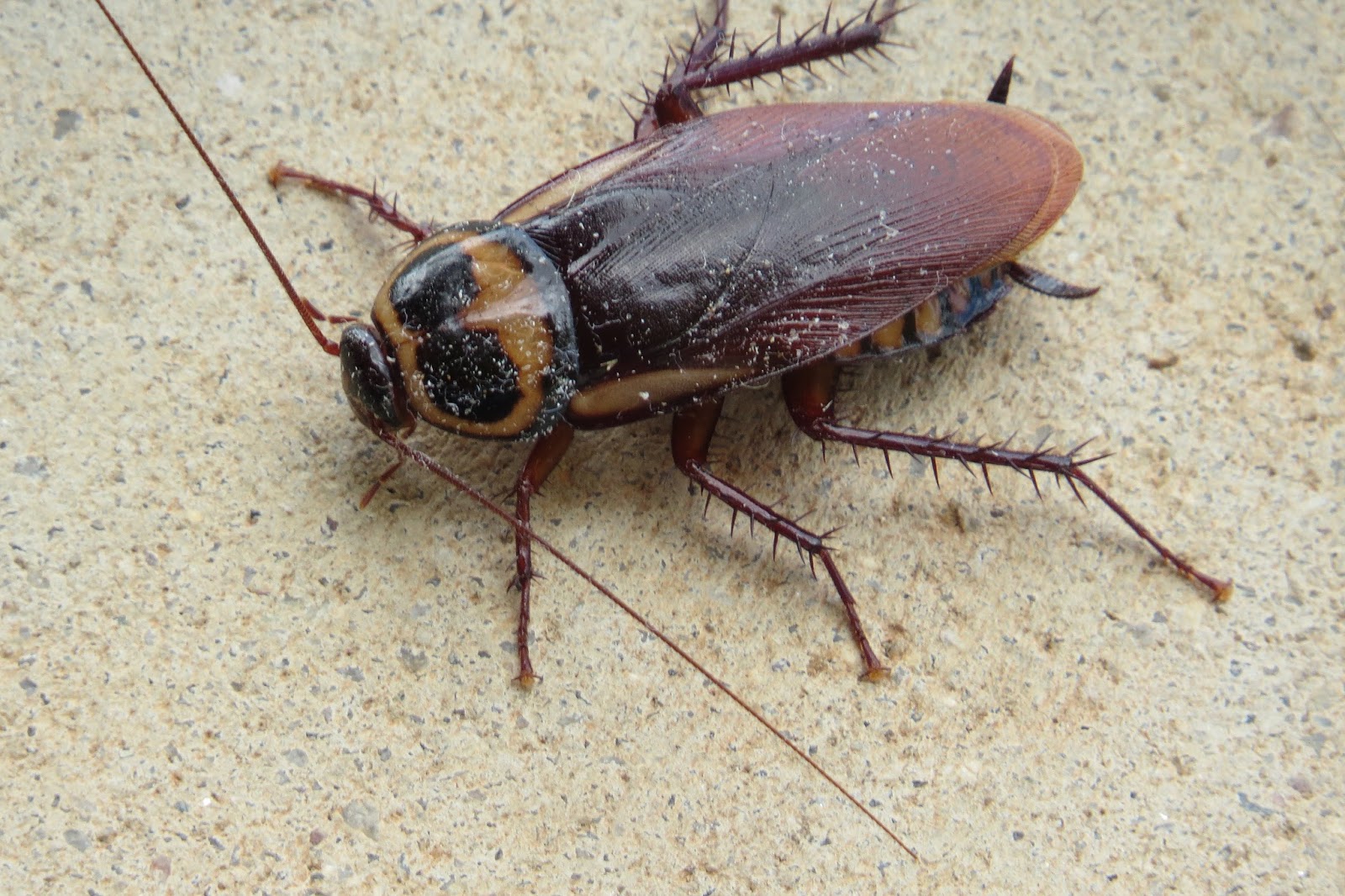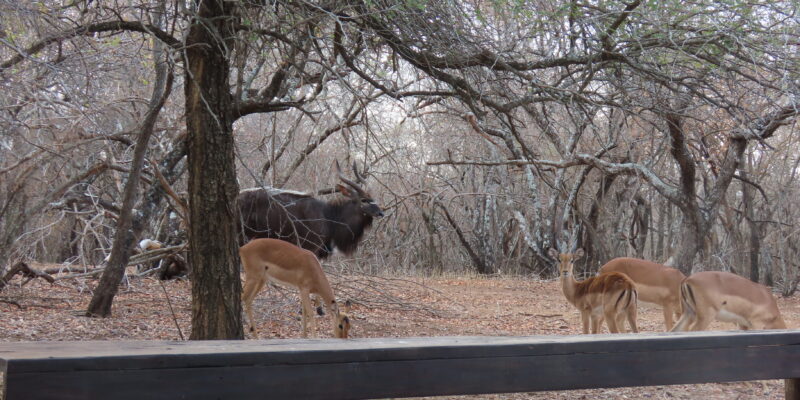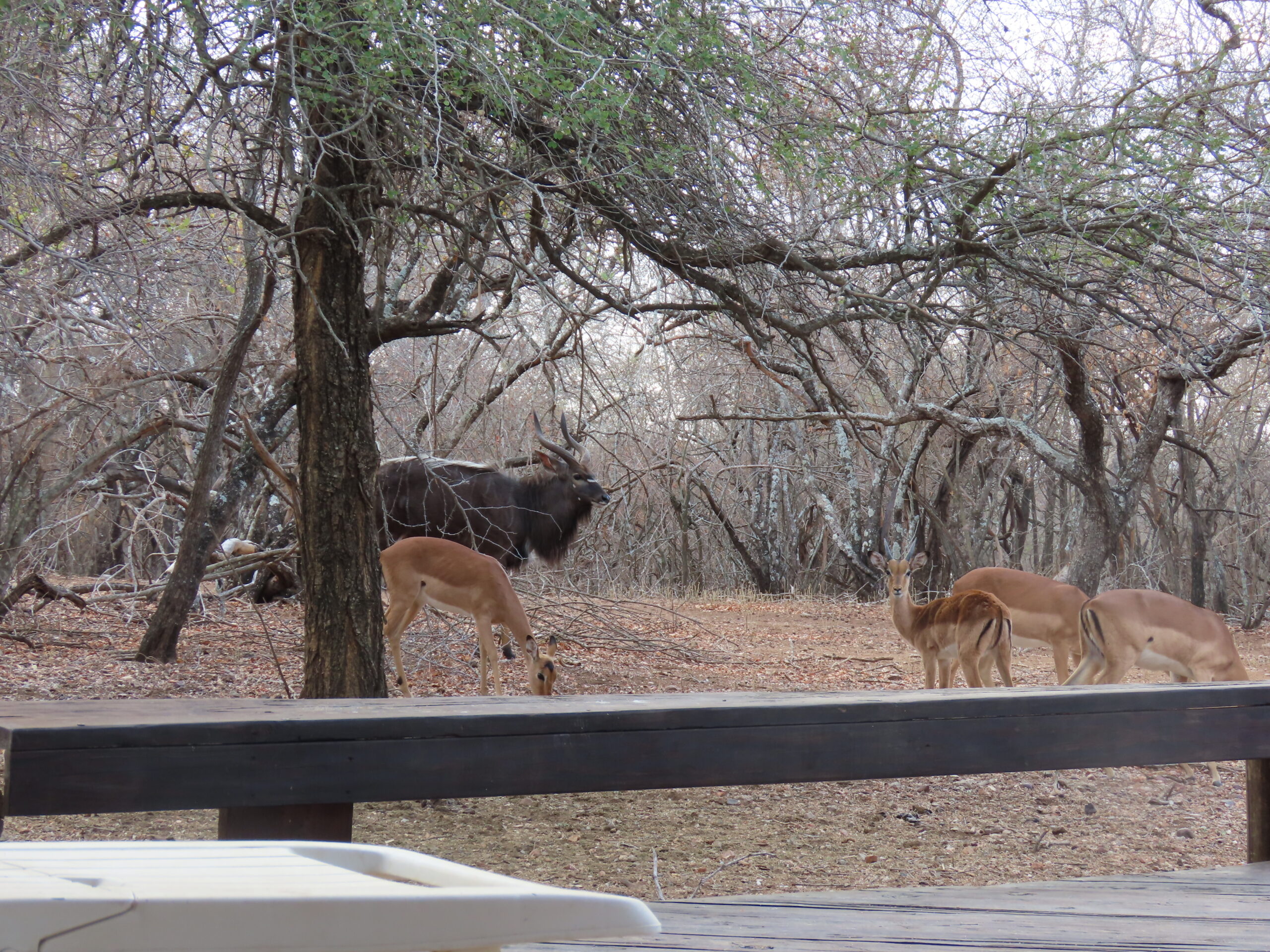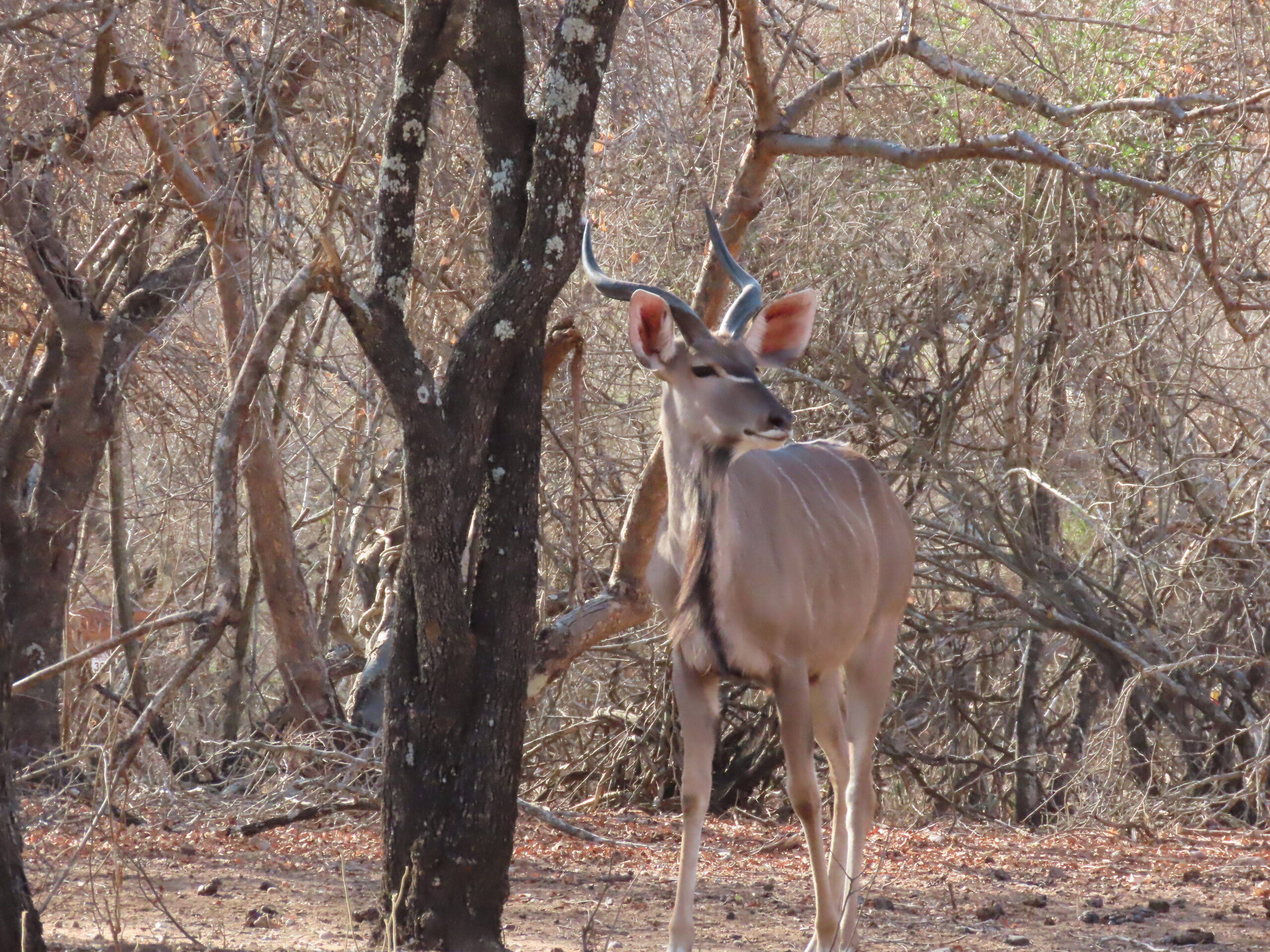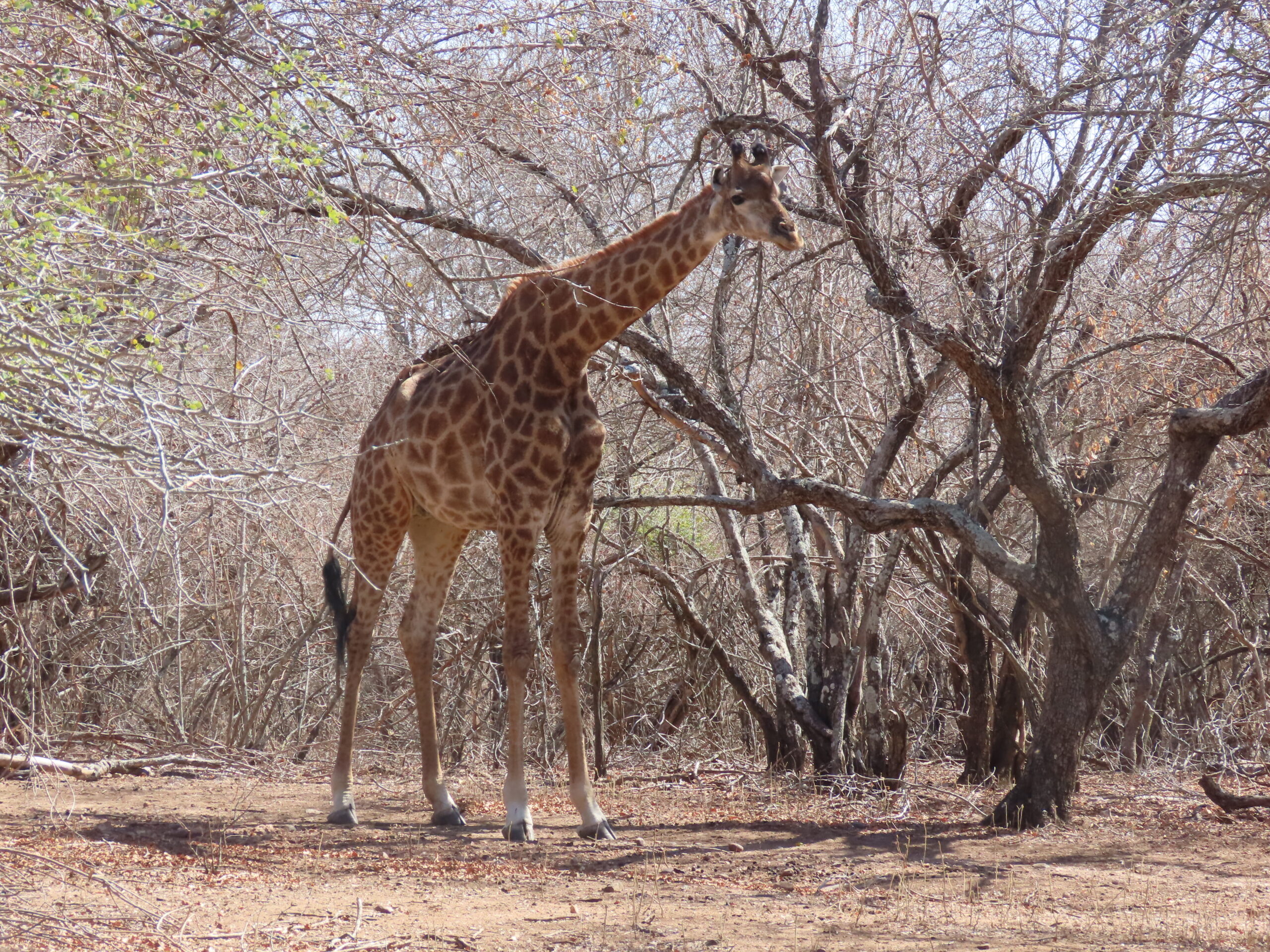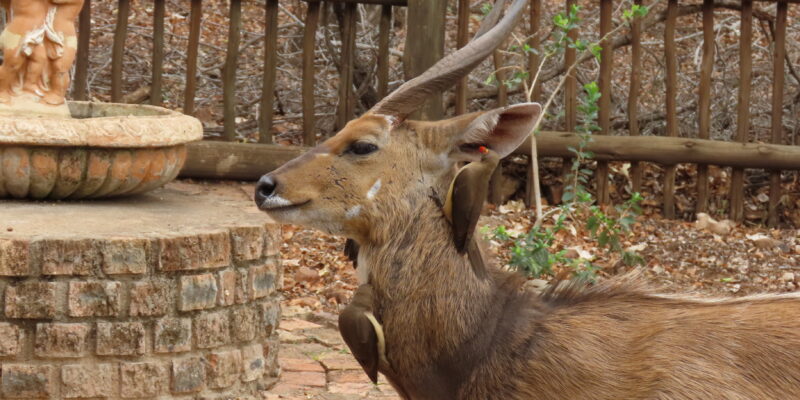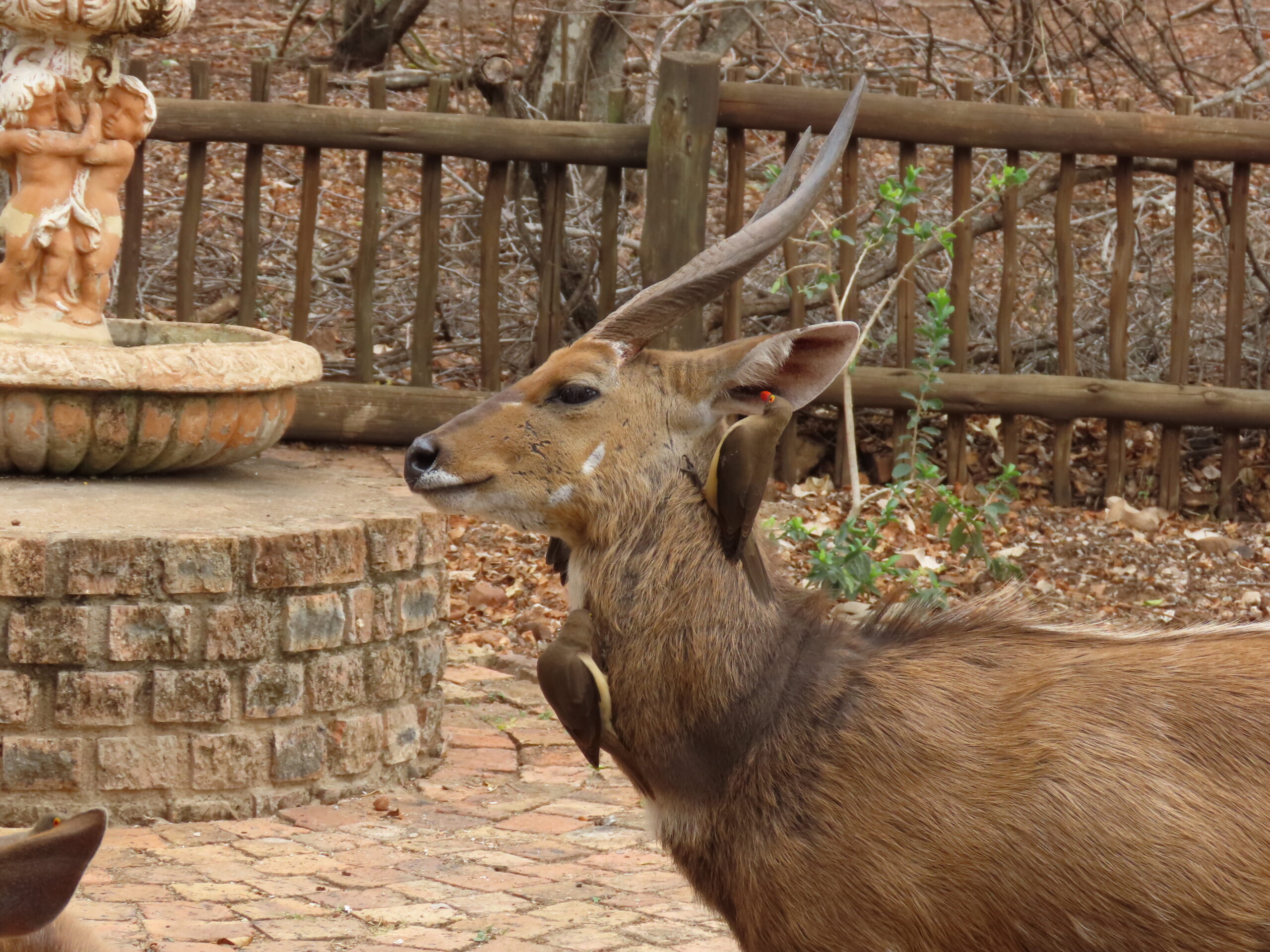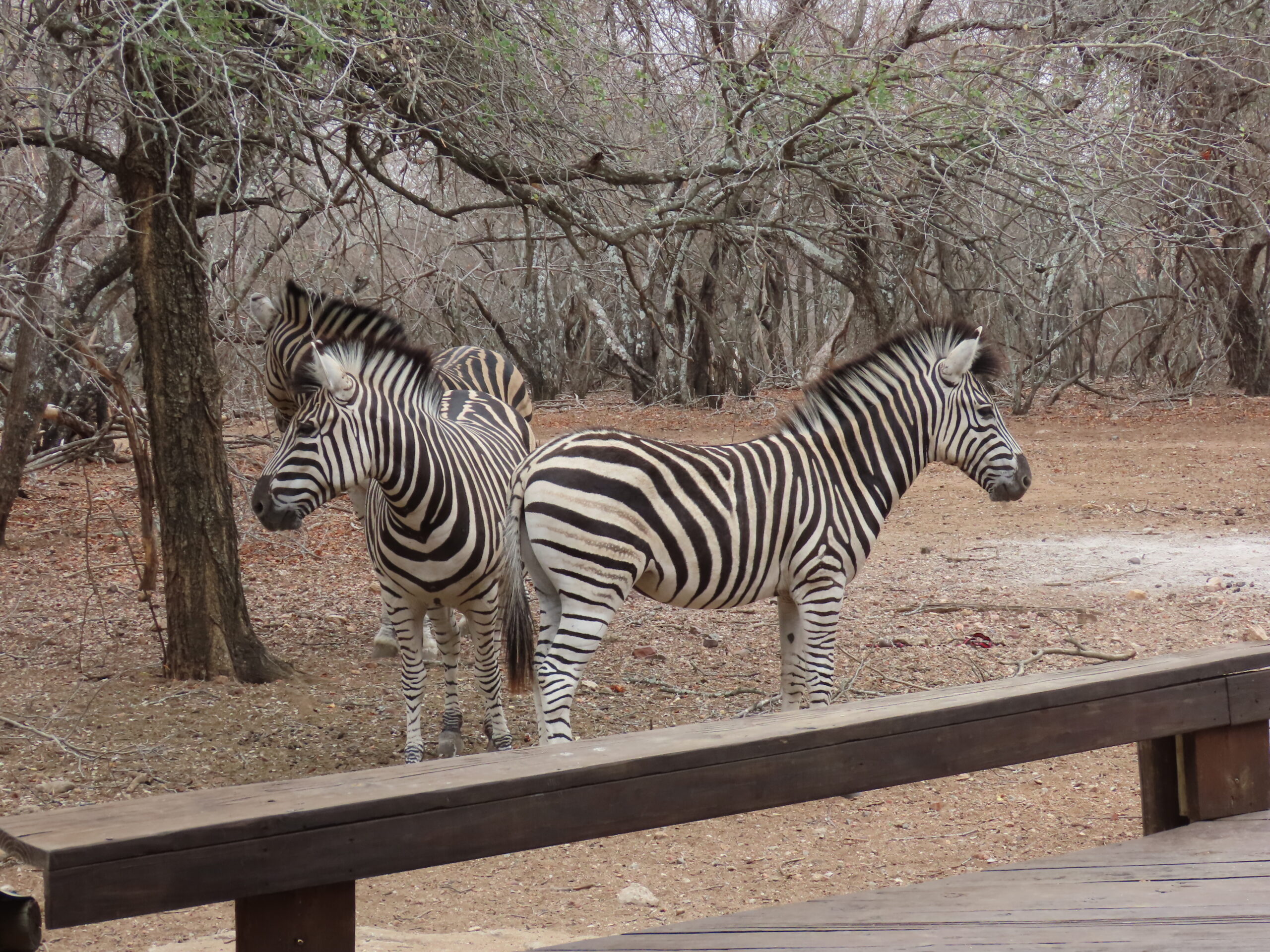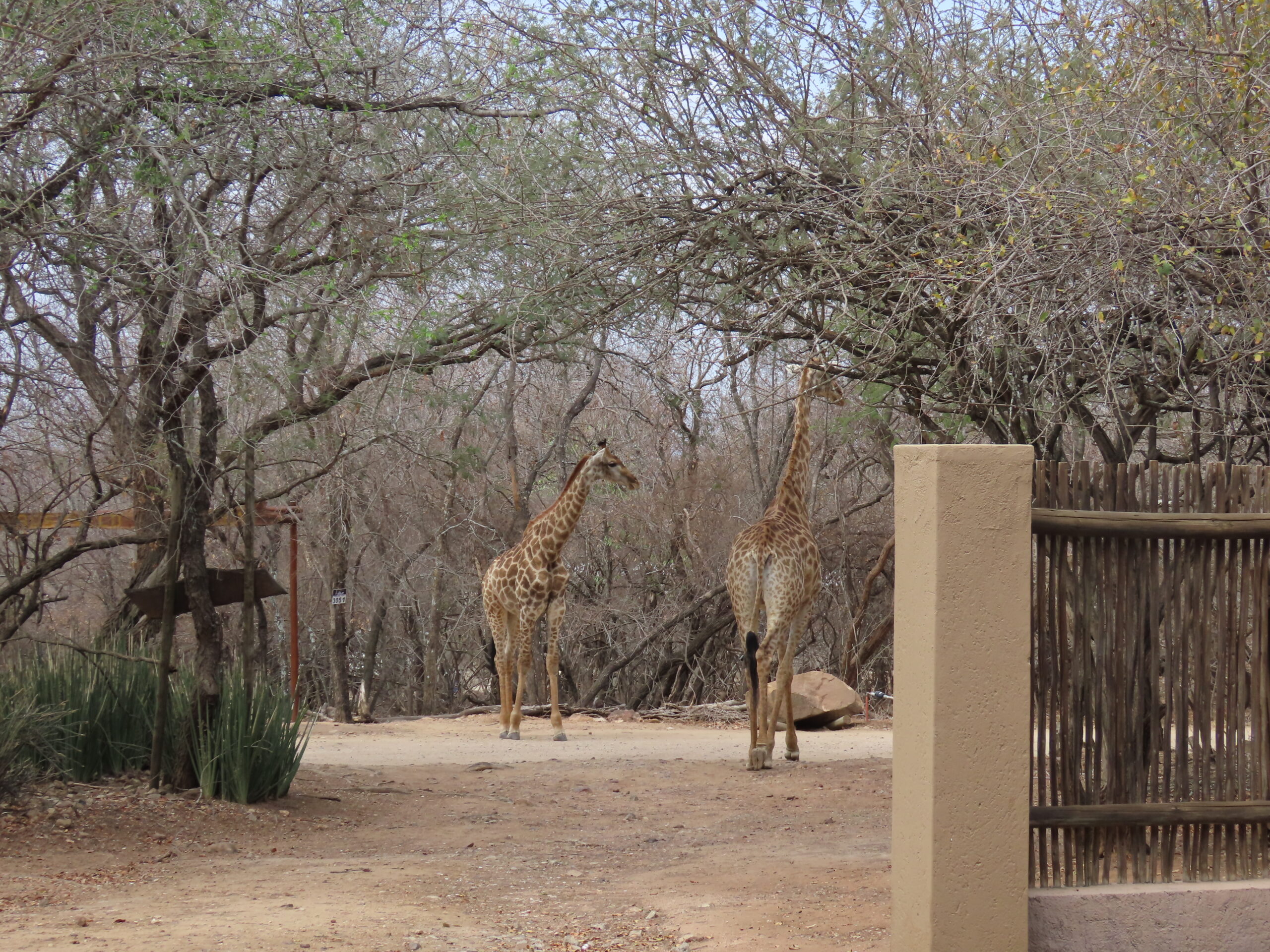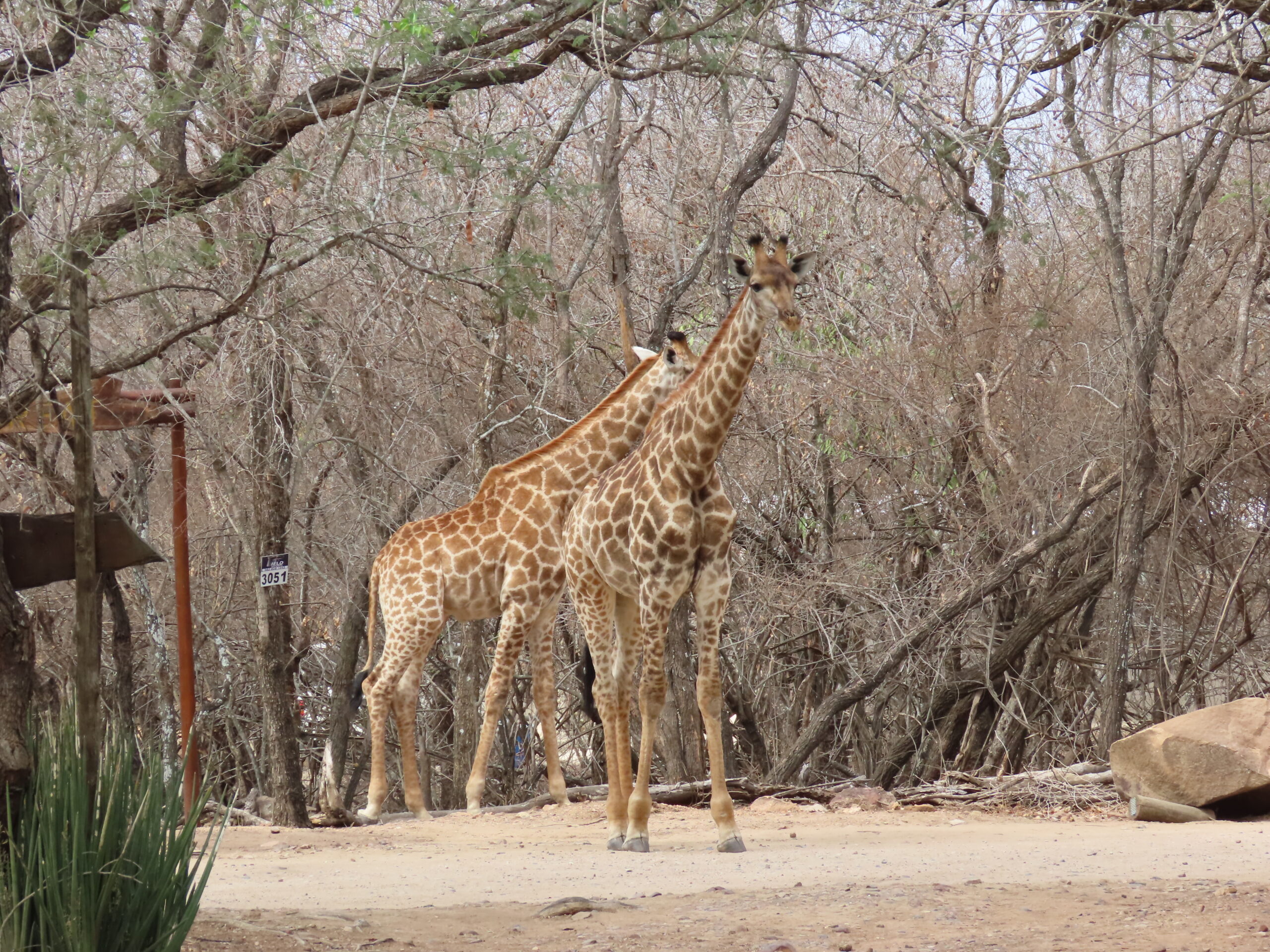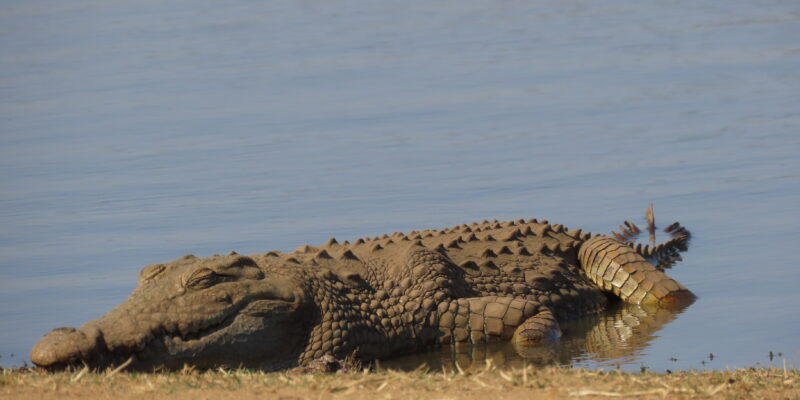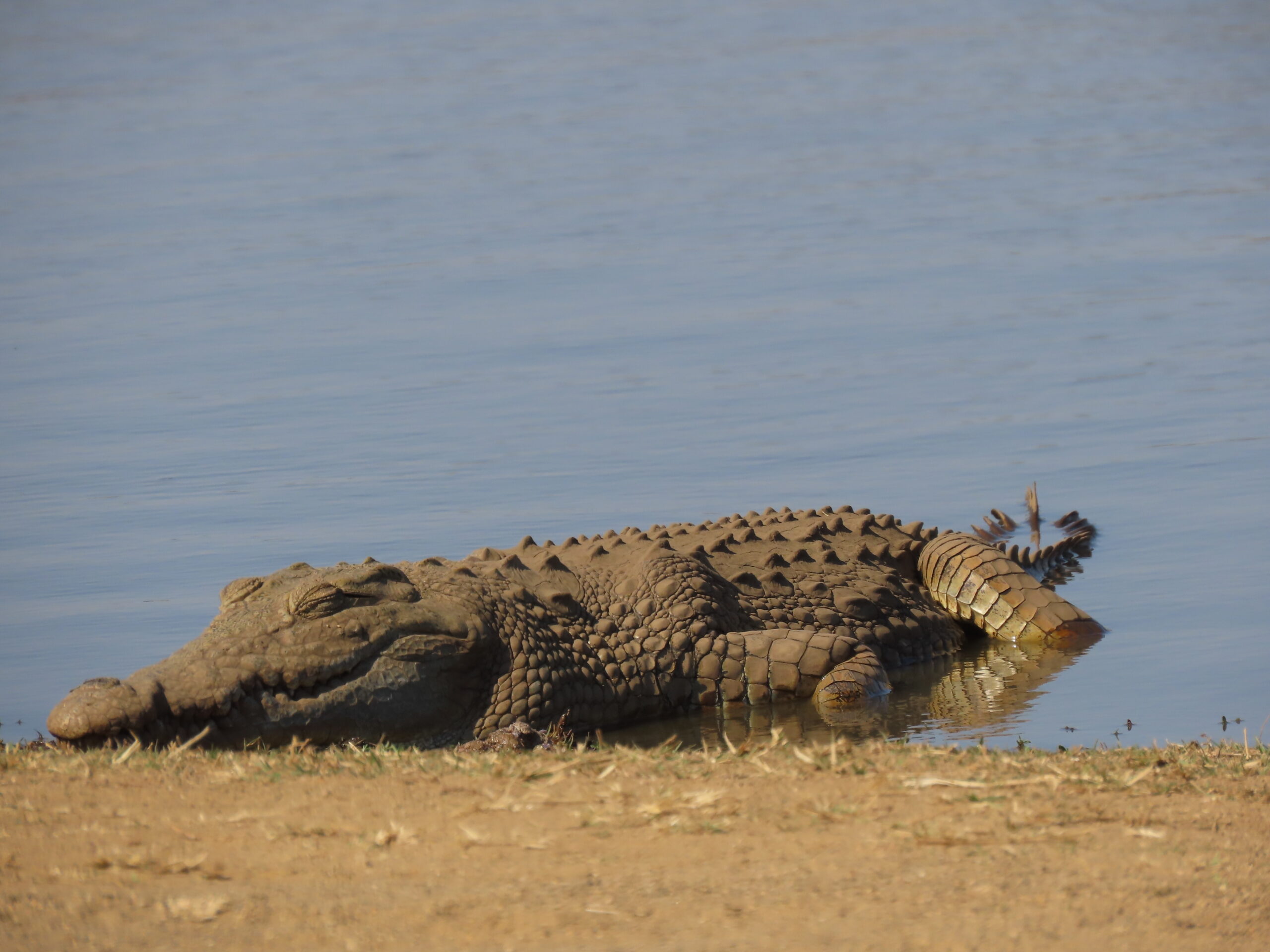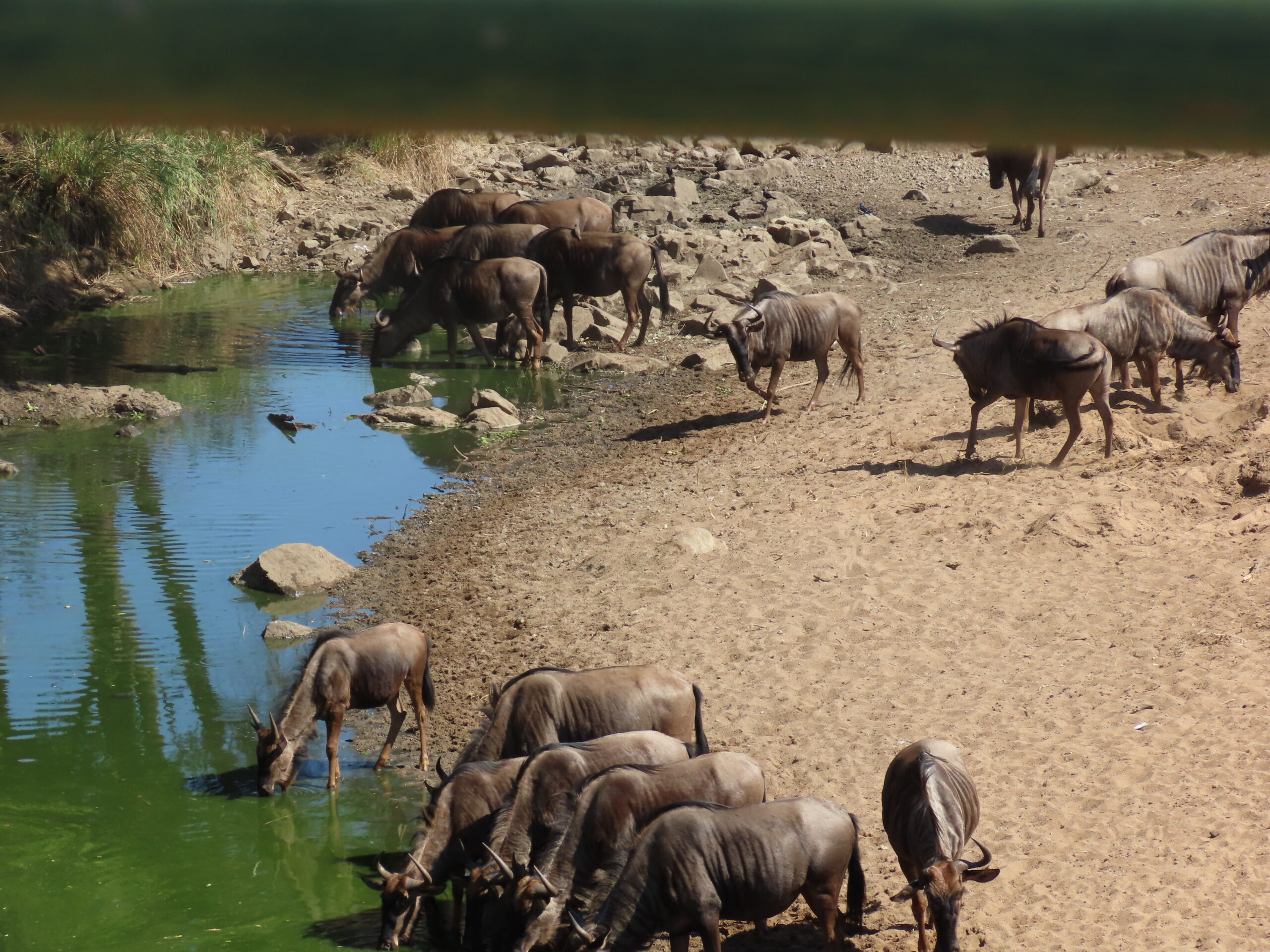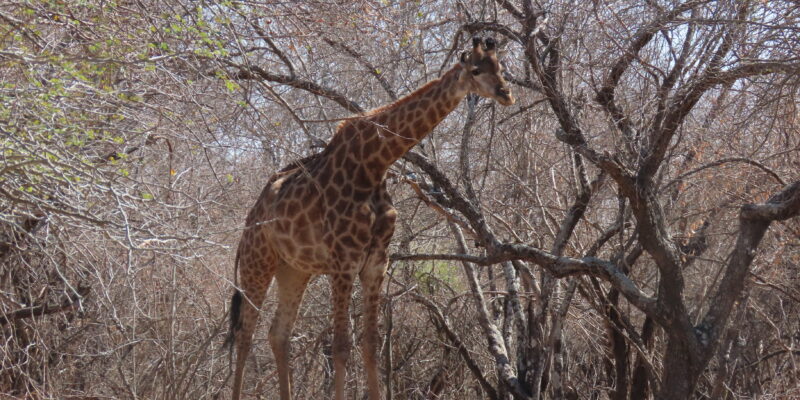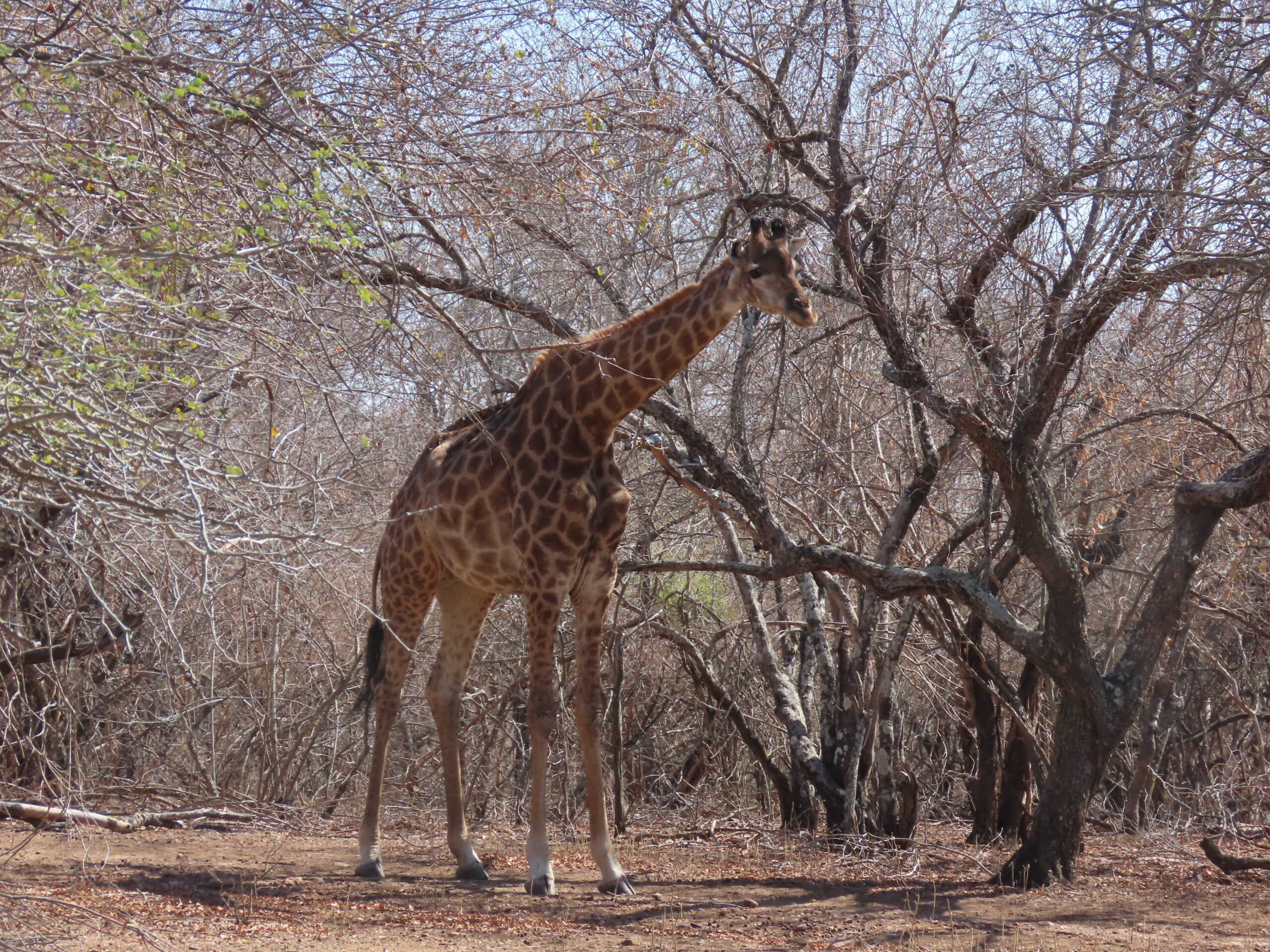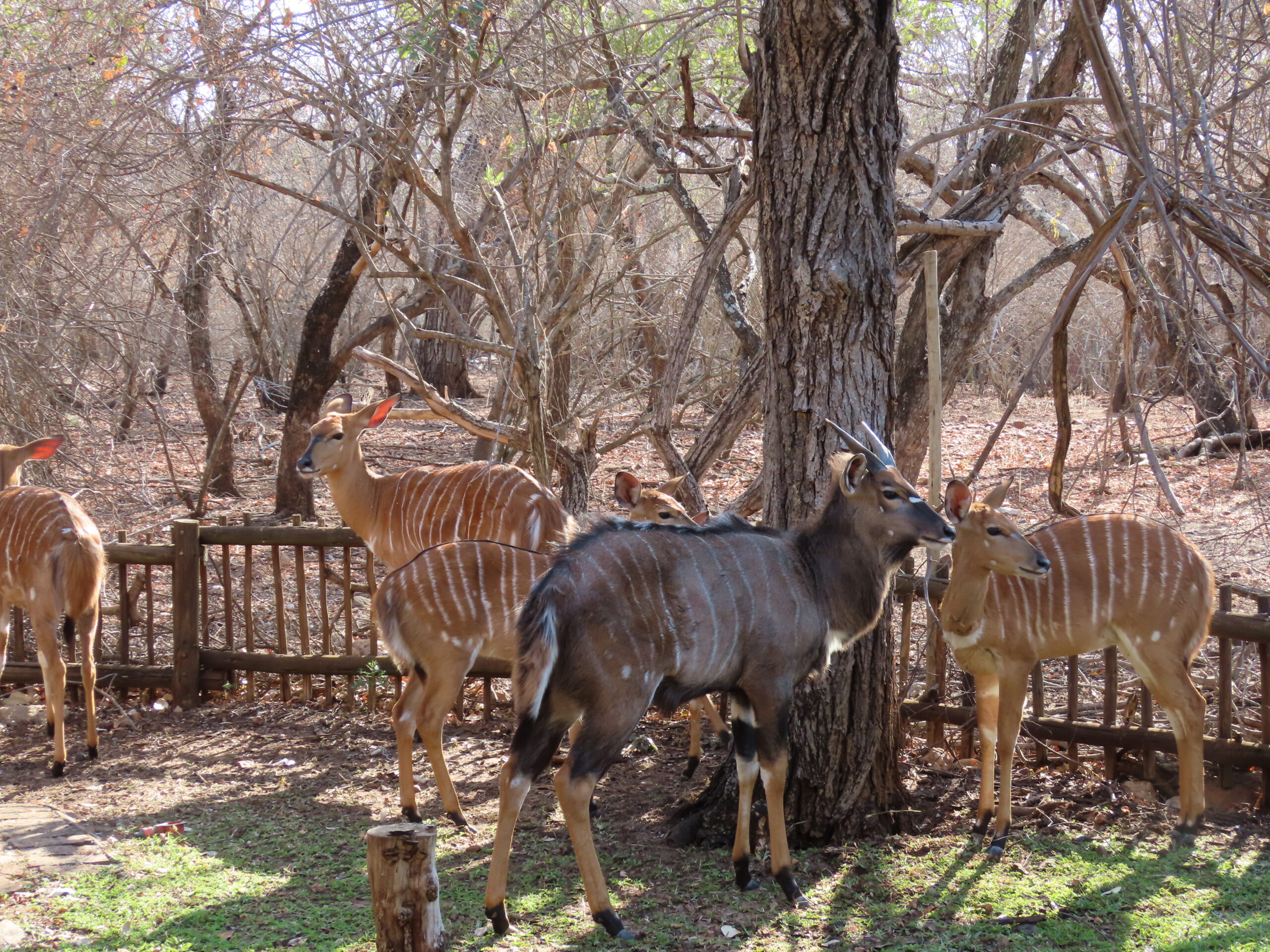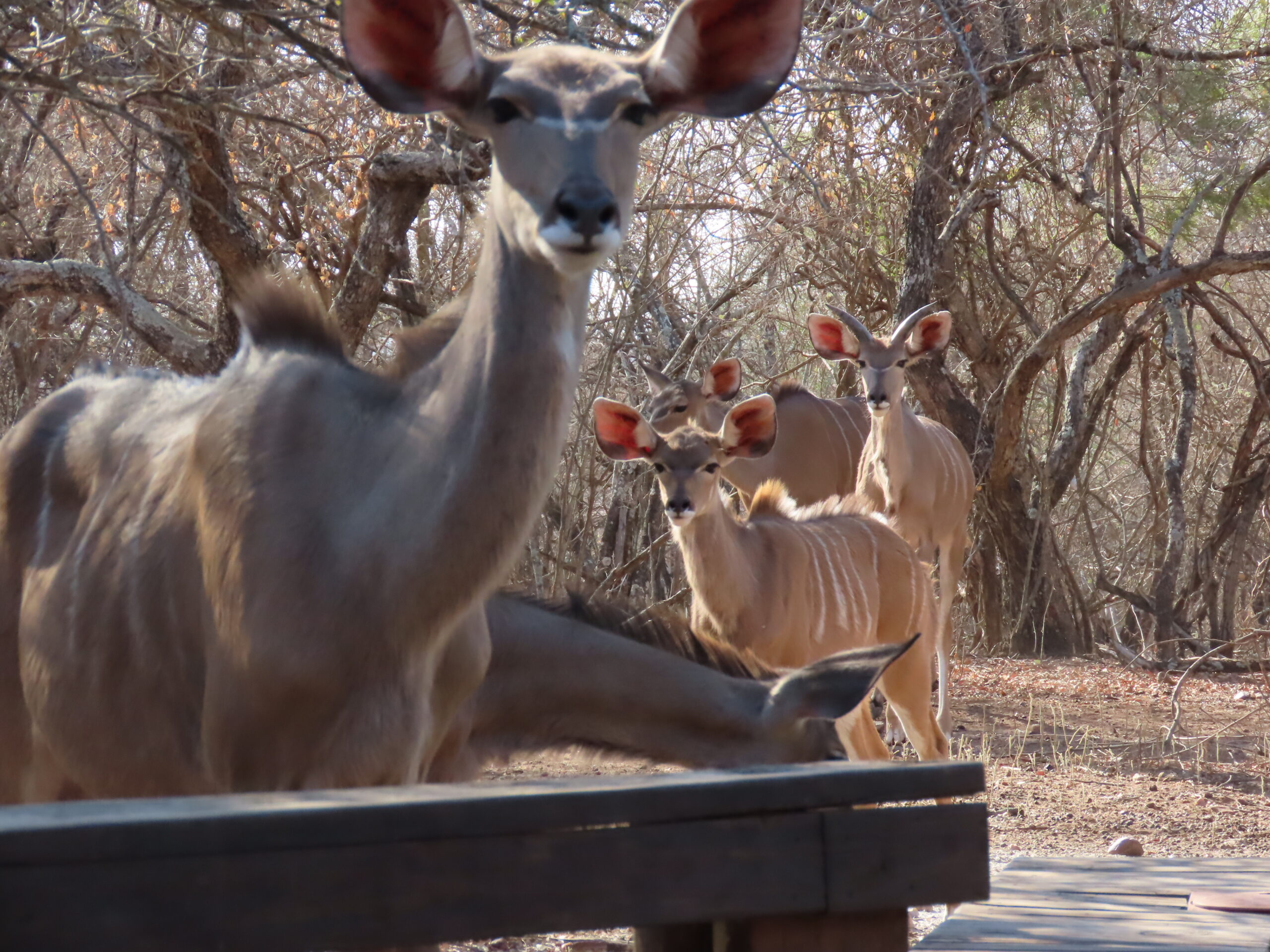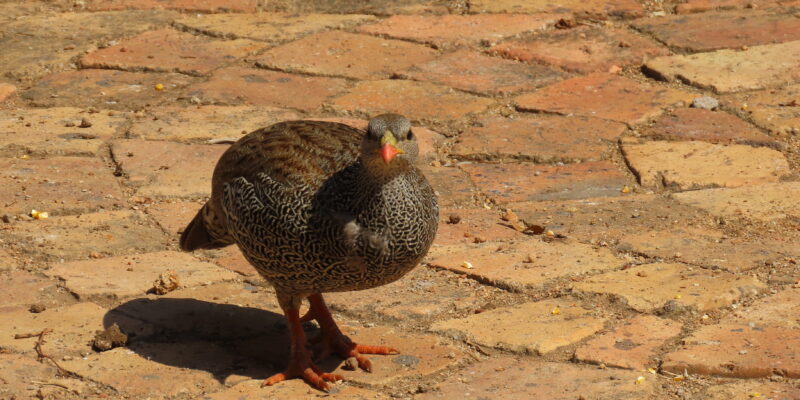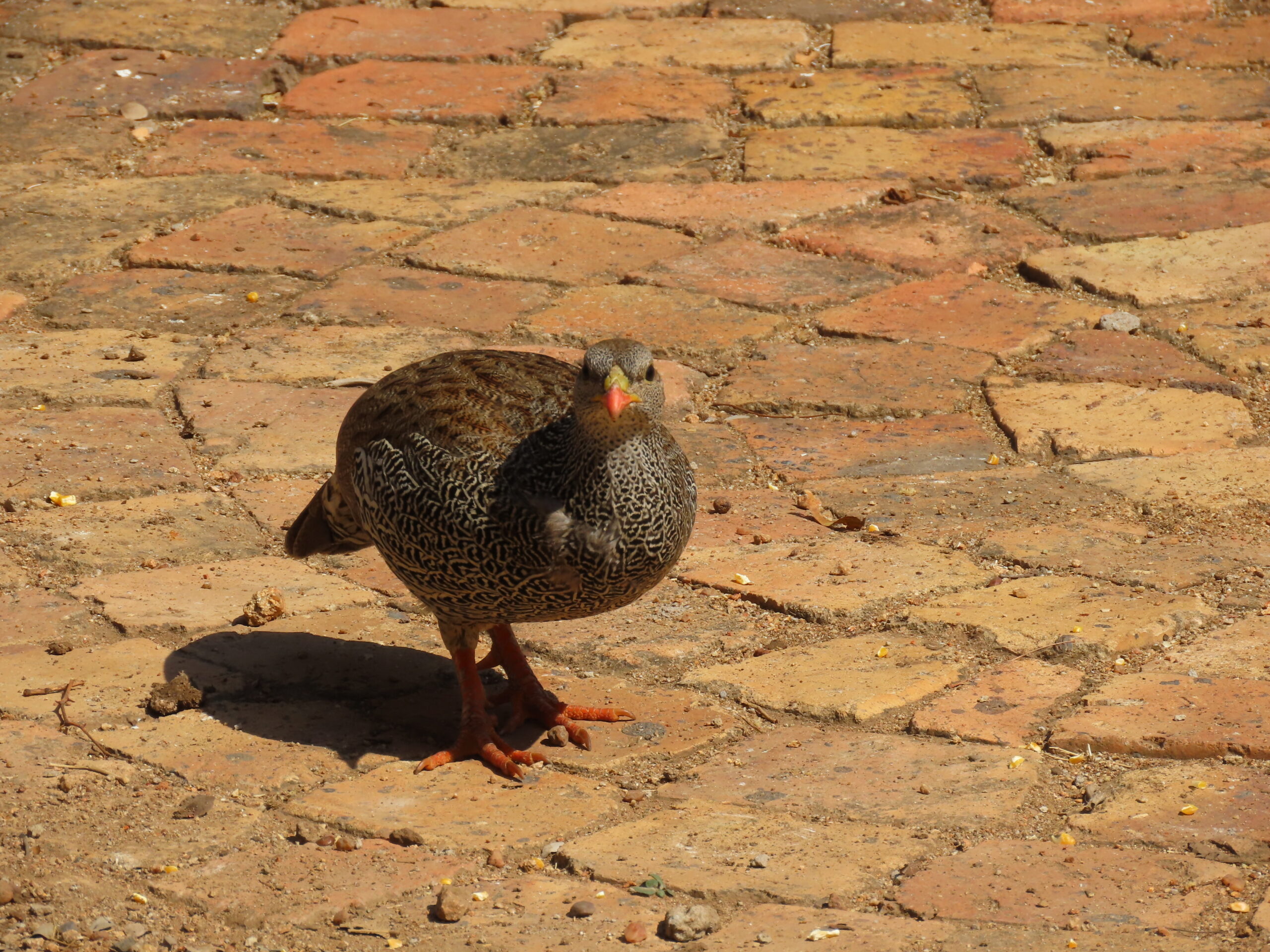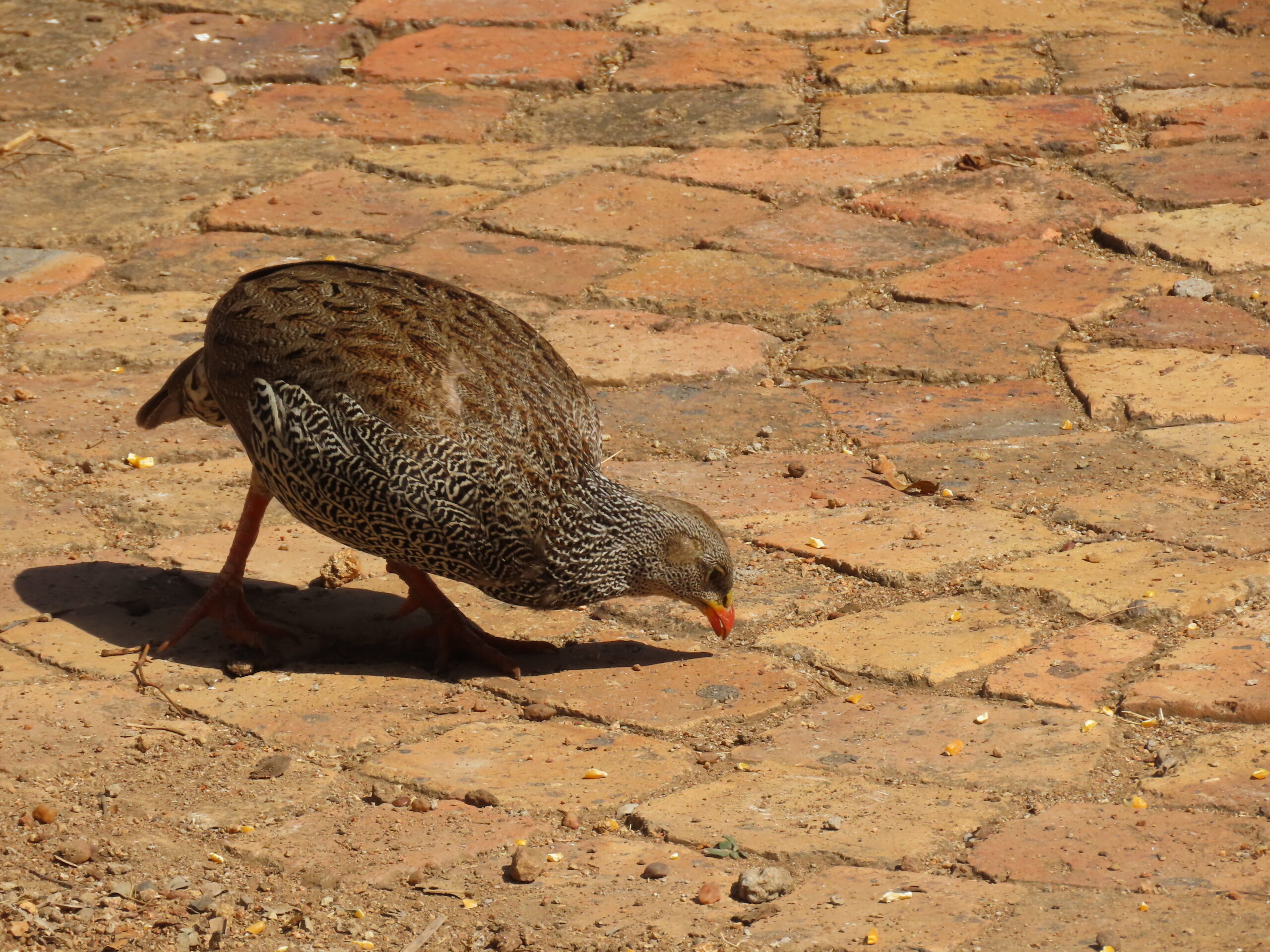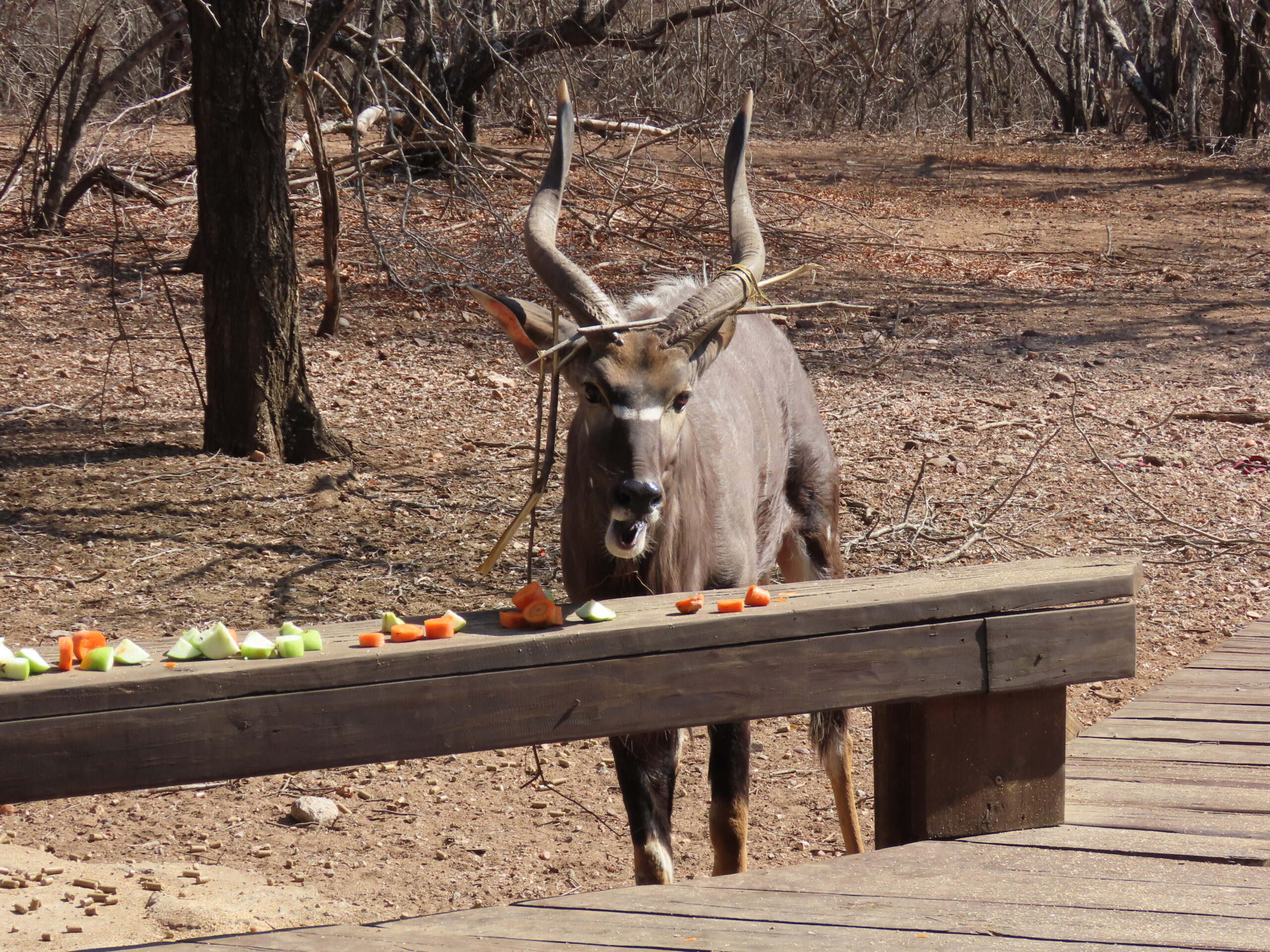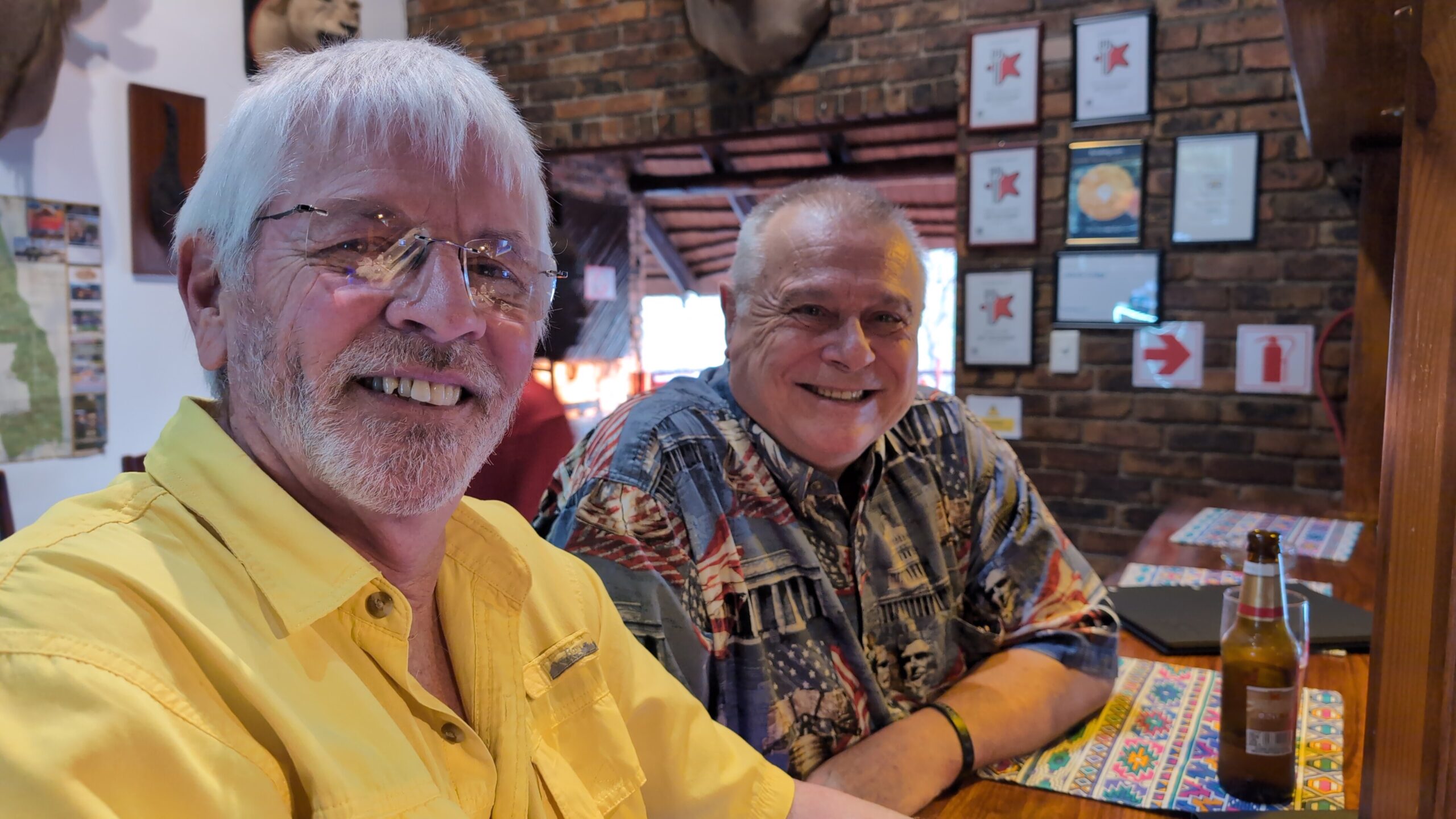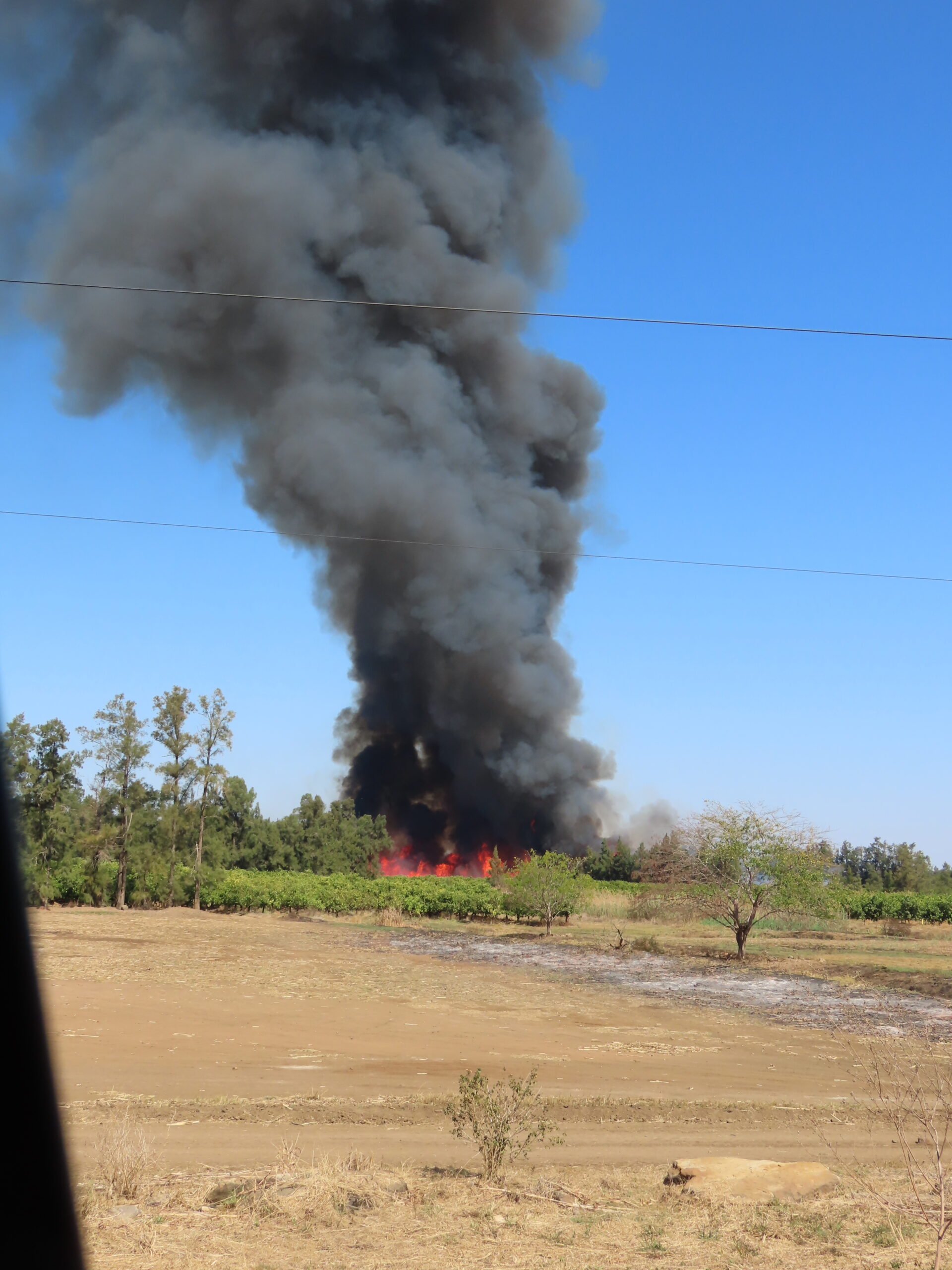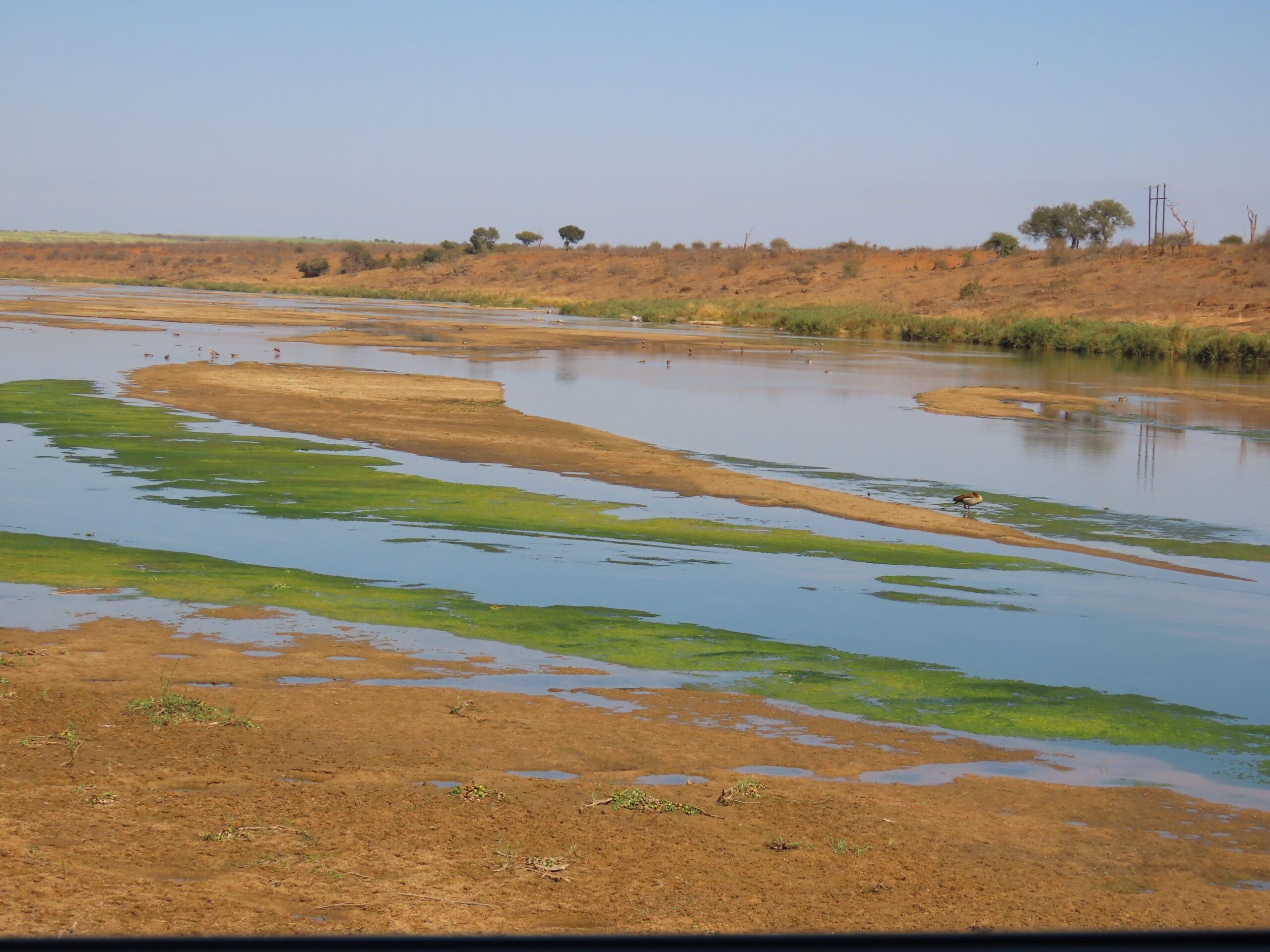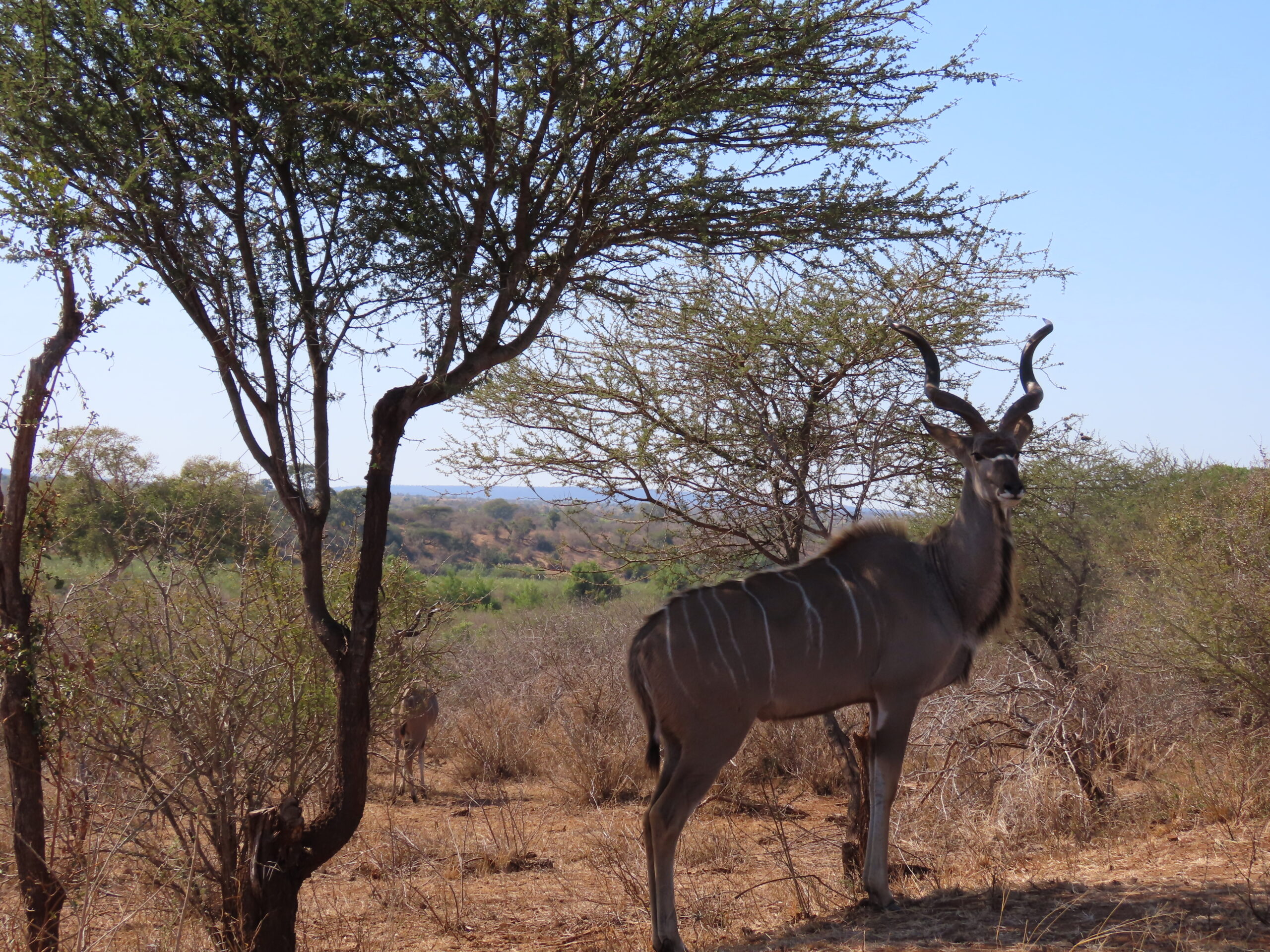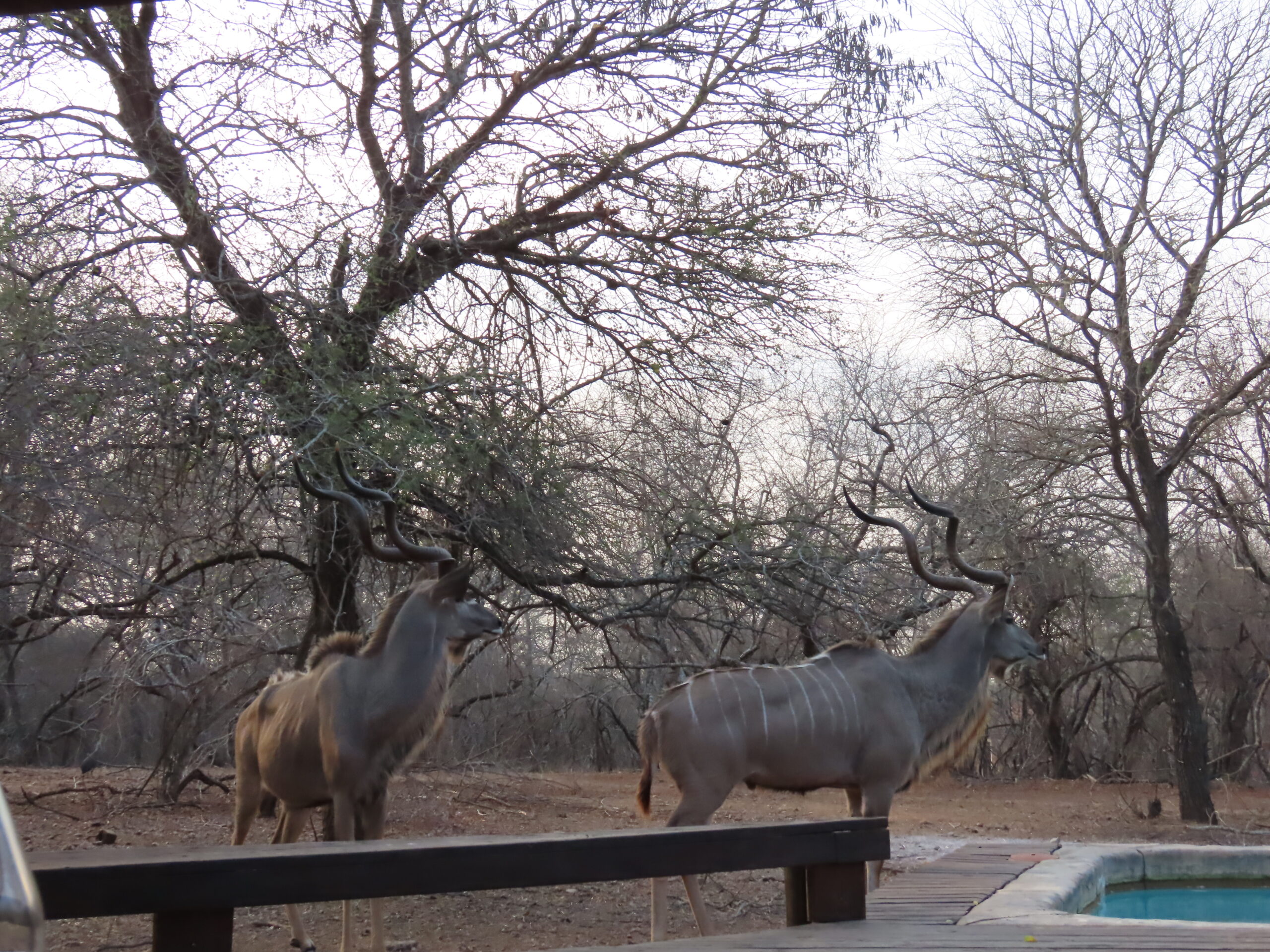
Is U.S. Travel Experiencing a Downturn?
In short: Yes. In 2025, the U.S. is witnessing a notable drop in international travel, especially from key source markets. Domestic travel shows resilience, particularly in premium segments, but overall dynamics paint a mixed and concerning picture.
1. International Travel: A Clear Decline
Forecasts and Projections
-
The World Travel & Tourism Council (WTTC) projects that U.S. international visitor spending will fall below $169 billion in 2025, down from $181 billion in 2024—a nearly 7% year-over-year decline. Among 184 countries tracked, the U.S. is the only one facing a decline in inbound tourism spending.
-
Tourism Economics initially predicted 9% growth but now forecasts an 8.2% decline in arrivals, reflecting a severe sentiment-driven slump.
Market-Specific Drops
-
Sharp year-over-year declines recorded in March 2025: Germany (–28 %), Spain (–25 %), UK (–18 %), Canada (–17 %), South Korea (–15 %), and Australia (–7 %) show inbound tourism shrank by around 11.6 %.
-
Canadian travel plunged dramatically:
-
Flight bookings down 71–76 % in March 2025 vs. 2024.
-
Cross-border trips (air and land) dropped from 4.97 million to 4.11 million.
-
Leisure travel bookings from Canada dropped 40 % in March.
-
-
In July alone, overseas arrivals were down 3.1 %, with Canadian land crossings down 37 % YTD.
Causes for the Drop
-
Policy-driven deterrents, including the Trump administration’s renewed travel bans, stricter visa policies, and budget cuts to tourism marketing (resulting in an 80% reduction in Brand USA funding), as well as unfavorable optics, all contribute to a perception of unwelcomeness.
-
High costs and friction: A strong dollar, rising real-world travel costs, and a new $250 “visa integrity fee” (effective October 1, 2025) create financial and procedural barriers.
-
Political and social climate: Aggressive rhetoric, mounting trade tensions, and negative global sentiment toward U.S. policies are dampening enthusiasm for travel.
Economic Impact & Reaction
-
The anticipated revenue loss for 2025 is estimated to range between $12.5 billion and $29 billion.
-
Tourism-dependent states, such as Nevada, California, Florida, New York, Texas, and Michigan, are particularly affected. San Francisco’s convention-driven hotel occupancy holds up, but other areas like Vermont, Michigan, Niagara Falls, and Hawaii are struggling.
-
In Washington, D.C., the deployment of National Guard troops has led to a decline in tourism bookings, hotel occupancy, and attendance at events.
-
Airlines are cautious, scaling back projections and cutting capacity—reflecting both international and domestic pressure. American, Delta, United, and others have withdrawn 2025 forecasts amid lowered demand.

Three of the four Big Daddies were resting in the garden.
2. Domestic Travel: A Mixed Bag
Resilience in Upper Tiers
-
Luxury and international outbound bookings are up. Many affluent travelers are still planning multiple trips in 2025, with record-high intention for international leisure.
-
Premium and business segments show some strength—even as midtier and budget segments falter.
Trouble in the Mid and Lower Segments
-
Airlines are cutting economy capacity: JetBlue down 4%, Spirit down 15%. Domestic leisure travel spending dropped 7.2% in Feb 2025.
-
Overall, domestic demand is softening amid concerns about inflation and recession. Consumer sentiment is at multi-year lows, with many Americans trimming travel spending.
3. Key Insights and Outlook
Summary Table
| Segment | Outlook |
|---|---|
| International | Clear and significant downturn in arrivals and spending amid policy and sentiment headwinds |
| Domestic (Premium) | Resilient—affluent travelers and business segments hold steady |
| Domestic (Mid/Budget) | Weakening—cuts to capacity and lower spending across most households |
What’s Driving the Downturn?
-
Political and policy environment rejecting external tourism
-
Elevated travel costs and entry barriers
-
Reduced tourism promotion (cutting Brand USA budget)
-
A strong U.S. dollar is making travel more expensive
-
Negative global perception and travel advisories
Potential Bright Spots
-
Luxury and high-income domestic travel is showing reluctance to cut back
-
Event-driven destination pockets (e.g., Miami, California) may fare better
-
Mexico stands out with inbound arrivals increasing by ~14% through May
In summary…
Yes, as of 2025, there is a downturn in U.S. travel, especially on the international front. The U.S. stands unique among major economies in experiencing a decline in tourism revenue, due to internal policy and perception issues. While domestic travel (especially premium segments) offers some cushioning, the broader outlook is worrisome.
To reverse course, travel professionals and policymakers would need to:
-
Reinstate robust tourism marketing
-
Reform visa/entry procedures and reduce friction
-
Improve global messaging to rebuild trust in the U.S. as a welcoming destination
Without intervention, recovery could be slow, and international arrivals may not bounce back to pre-pandemic levels until 2029.
We have a busy day today with dinner guests coming on Wednesday and Thursday. Rita, Gerhard, and her mom arrive today, and we’ll see them on Thursday (or sooner) after they’ve recovered from the journey and unpacked.
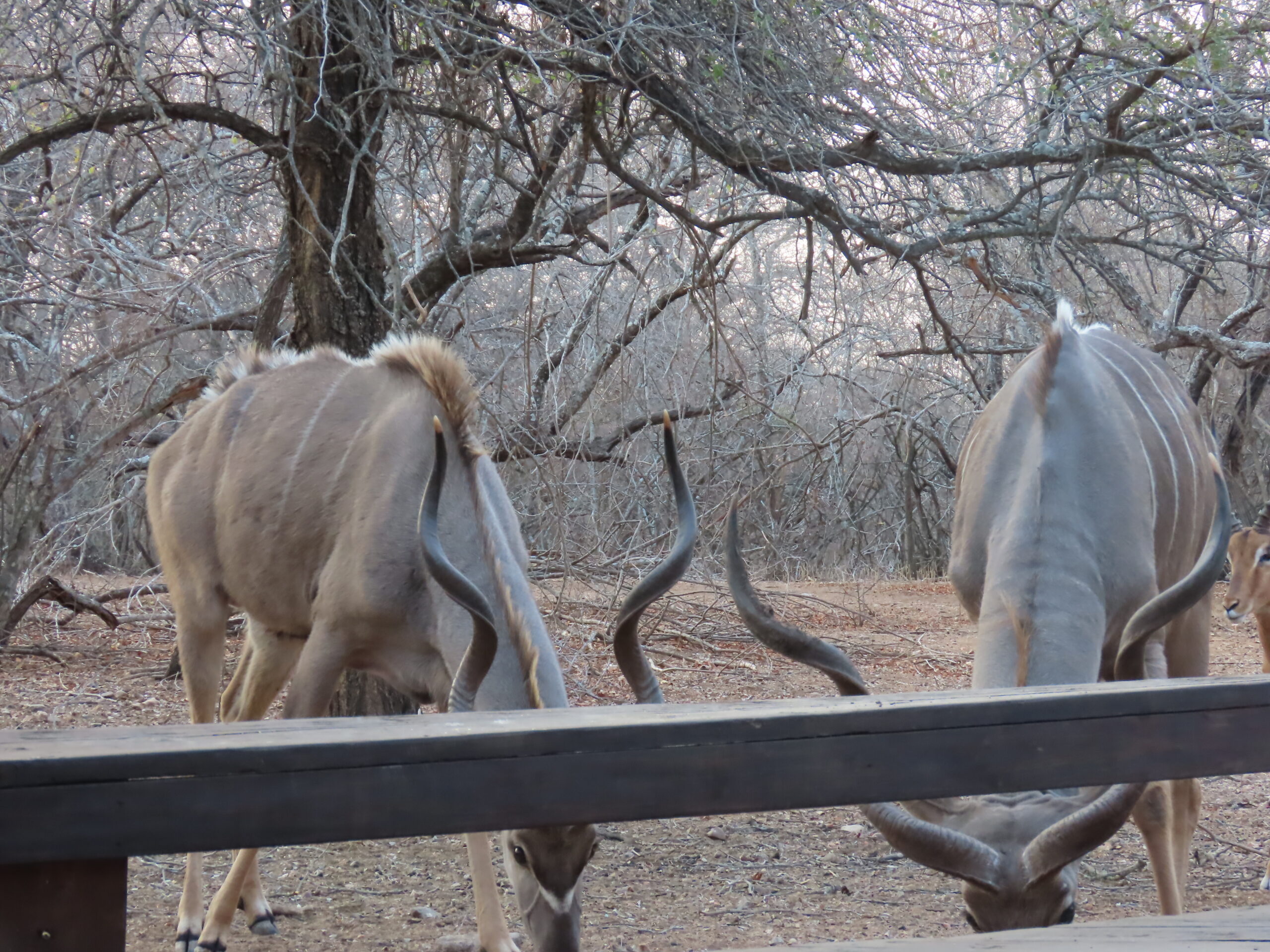
Soon, we’re off to Komatipoort to see Doc Theo, pick up prescriptions at the pharmacy, and shop at Spar Market.
Be well.
Photo from ten years ago today, September 2, 2015:



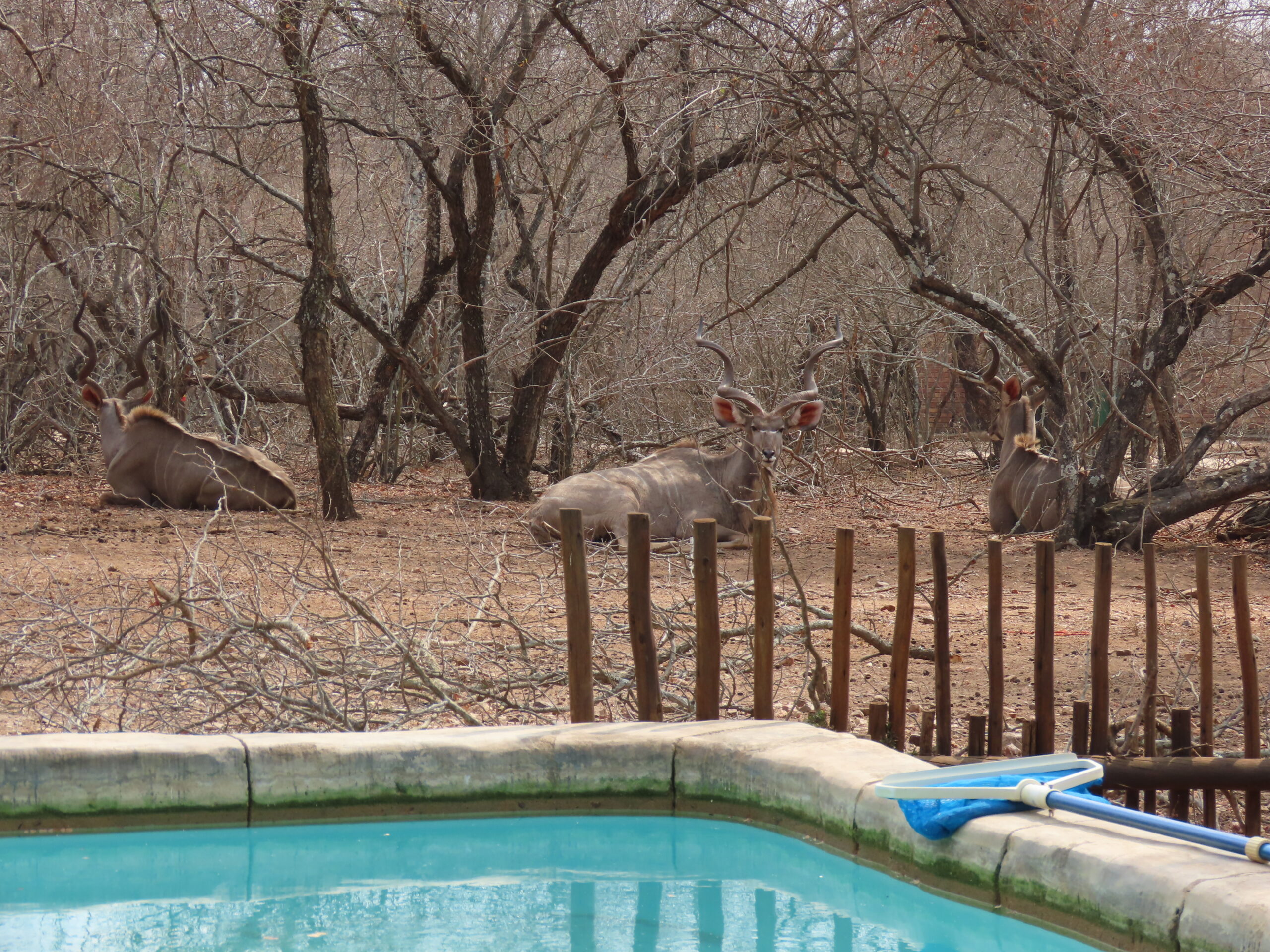
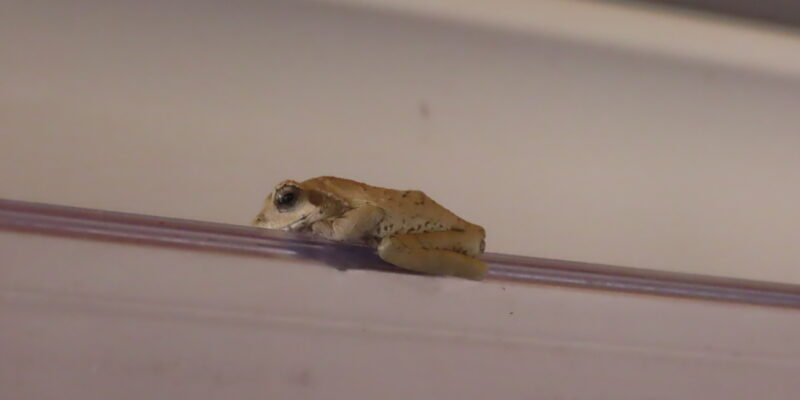
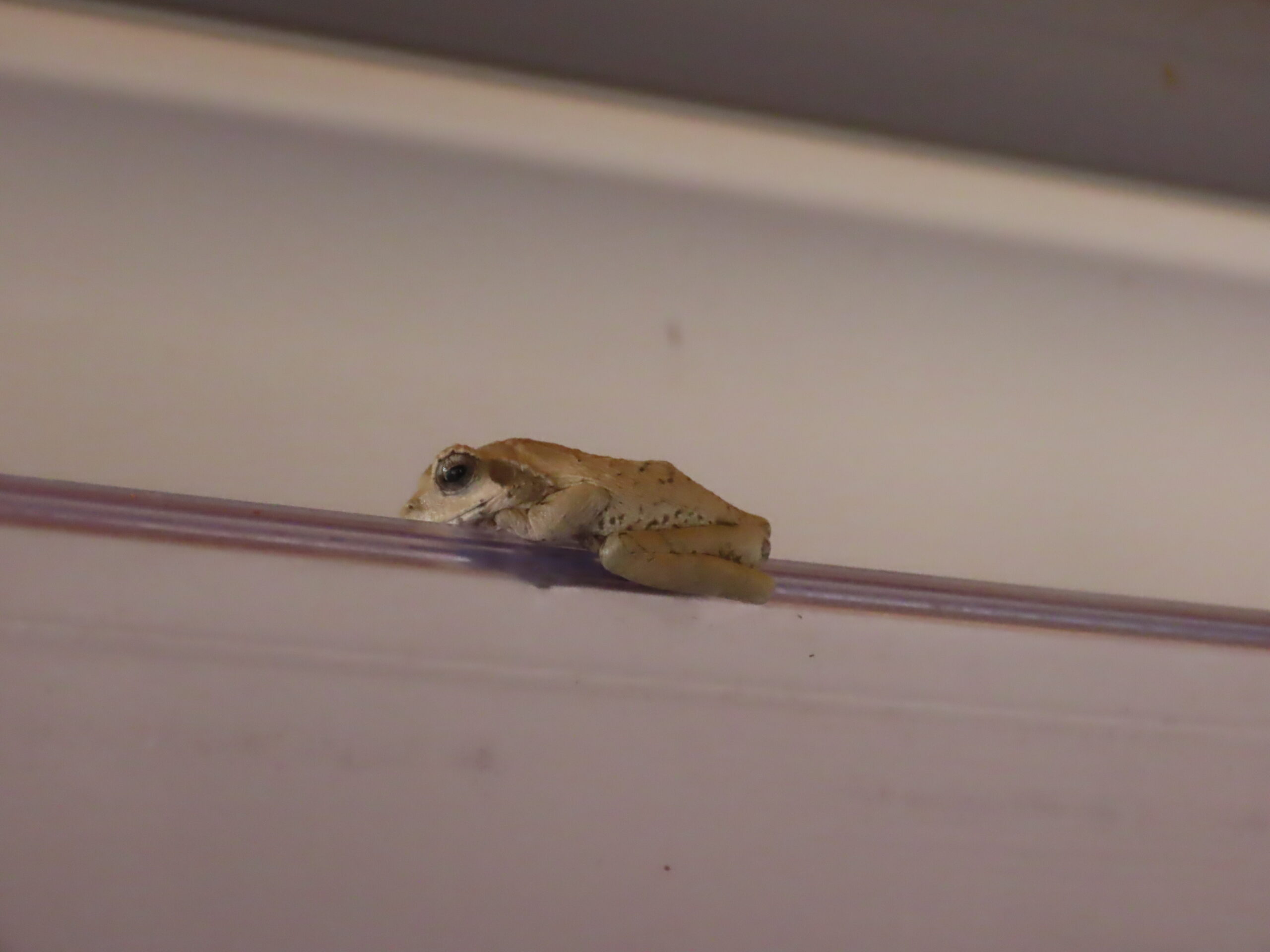
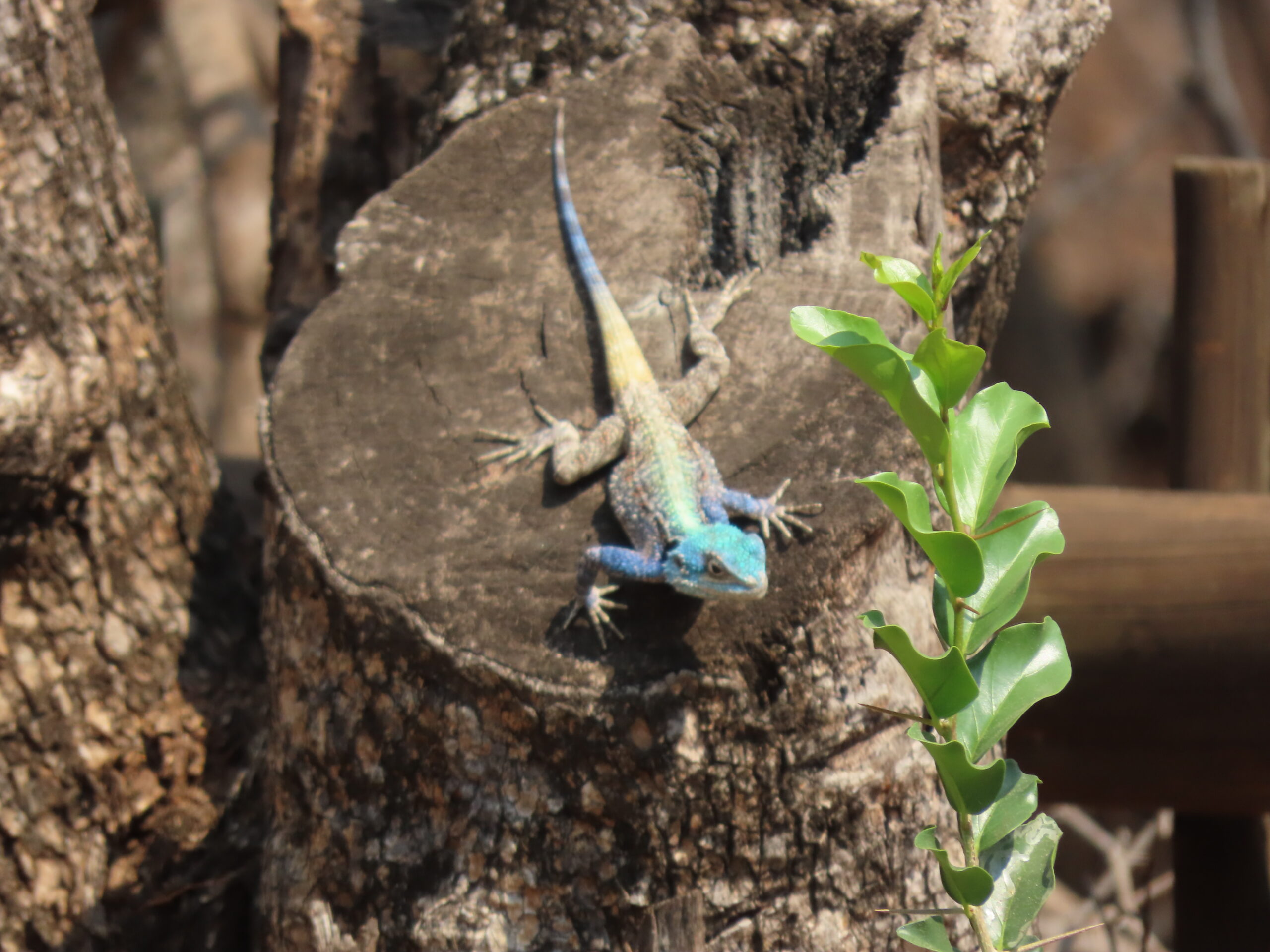


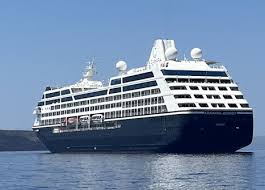




:max_bytes(150000):strip_icc():format(webp)/TAL-header-cliff-suites-few-far-luvhondo-south-africa-PAYWHATUCANSAFARI0825-c31b057d240946188ee7adbc5fd8af64.jpg)
:max_bytes(150000):strip_icc():format(webp)/TAL-suites-interior-few-far-luvhondo-south-africa-PAYWHATUCANSAFARI0825-481e29f192e141e8bb405e79a4fa9f8e.jpg)
:max_bytes(150000):strip_icc():format(webp)/TAL-pool-few-far-luvhondo-south-africa-PAYWHATUCANSAFARI0825-4a882bc238ef42ecbf3256a7d09ff6fc.jpg)
:max_bytes(150000):strip_icc():format(webp)/TAL-dining-few-far-luvhondo-south-africa-PAYWHATUCANSAFARI0825-ab0243cc843a4fafabf15ddbeb4f2aed.jpg)
:max_bytes(150000):strip_icc():format(webp)/TAL-suites-interior-few-far-luvhondo-south-africa-PAYWHATUCANSAFARI0825-481e29f192e141e8bb405e79a4fa9f8e.jpg)
:max_bytes(150000):strip_icc():format(webp)/TAL-pool-few-far-luvhondo-south-africa-PAYWHATUCANSAFARI0825-4a882bc238ef42ecbf3256a7d09ff6fc.jpg)
:max_bytes(150000):strip_icc():format(webp)/TAL-dining-few-far-luvhondo-south-africa-PAYWHATUCANSAFARI0825-ab0243cc843a4fafabf15ddbeb4f2aed.jpg)
:max_bytes(150000):strip_icc():format(webp)/TAL-game-drive-few-far-luvhondo-south-africa-PAYWHATUCANSAFARI0825-afd8c29afe6946f2b7173b0b69498926.jpg)
